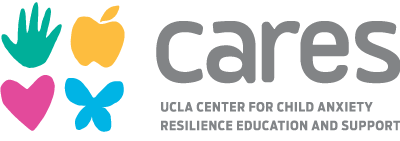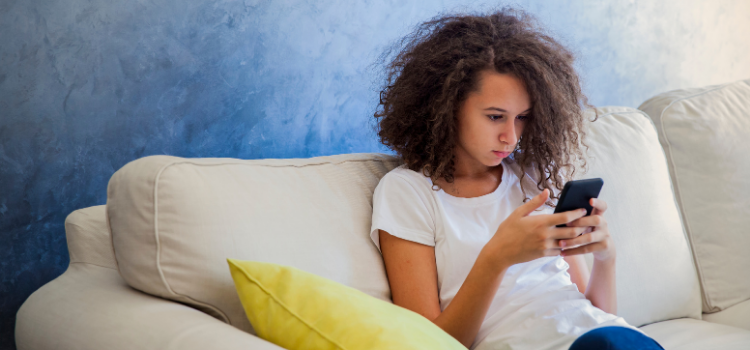Social media has brought about amazing changes in the way we connect with others, learn about different cultures, and keep up with current events. Children today are able to connect with other kids across the globe instantly. They are able to learn good and bad news more quickly than ever before and on a much broader scale than past generations.
These advancements are not without consequences. The same technology that can help a socially awkward child safely practice connecting with peers can also make kids feel isolated. Social pressures, heightened through social media, can lead to feelings of anxiety and depression.
So how can a parent help their child or teen navigate these waters?
Recognizing when social media is becoming a problem (and when it isn’t)
Not all children will have problems with social media. For some children, a conversation about their strengths, social connections and self-worth can help them feel better after someone posts a mean comment or they get no “likes” on a photo. Practicing resilience strategies such as open communication about the issue or checking in with their feelings can help your child feel more resilient in the face of online disappointments.
If you worry that social media may be having more of a negative impact than a positive one, here are some things to look out for:
- Is your child using social media to the extent that they are isolating themselves from family, friends, or activities they once enjoyed?
- Is your child (or teen) becoming frustrated or using their devices in secret or lying about their use of devices?
- Does your child report more feelings of upset from online usage or more feelings of contentment?
- Does your child voice comparisons to what others have or what others are doing online?
If social media tends to be more upsetting than enjoyable, it may be time to put some firmer boundaries in place.
Set appropriate limits for everyone in the family
Setting time limits on devices can help your kids build healthy habits around social media. For example, some families might put all devices away (including parents’ devices) at 8:00 PM to begin the bed time routine for their family. There may also be device-free family dinners or other events to help kids remain in the moment and feel more connected with those around them. Many families have created routines to discourage distractions from devices and encourage IRL (in real life) interactions and engagement.
Removing devices or social media completely is rarely the solution to overuse or misappropriate use. Such an extreme step may risk isolating the child from their peers and from differing viewpoints. Also, with technology becoming more integrated into classrooms and extra-curricular activities, completely banning social media could result in kids missing important information from classmates, teammates, and mentors.
Model good behavior (“do what I say AND what I do”)
This final tip is probably the most important. Parents need to model positive social media use. If a parent is asking their child to put their phone away, they should do the same. Parents can also model appropriate ways to deal with social media disappointments. A horrific news story might mean that you take a moment to feel grateful for your current state or do additional research to understand what is going on; a rude comment from a friend could lead to a conversation with that person and an example of resolving differences that can help your child do the same. Sharing these strategies with your kids can help them build good habits for the future.
We cannot shield kids from everything but we can create healthy environments for them at home and at school by educating teachers, parents, and other adults about the ways that technology can increase depression, anxiety and stress. Creating a community of support around youth who might be struggling will help all kids grow up healthier, strong, braver, and more resilient.
Written by
John Piacentini, PhD
CARES Director

